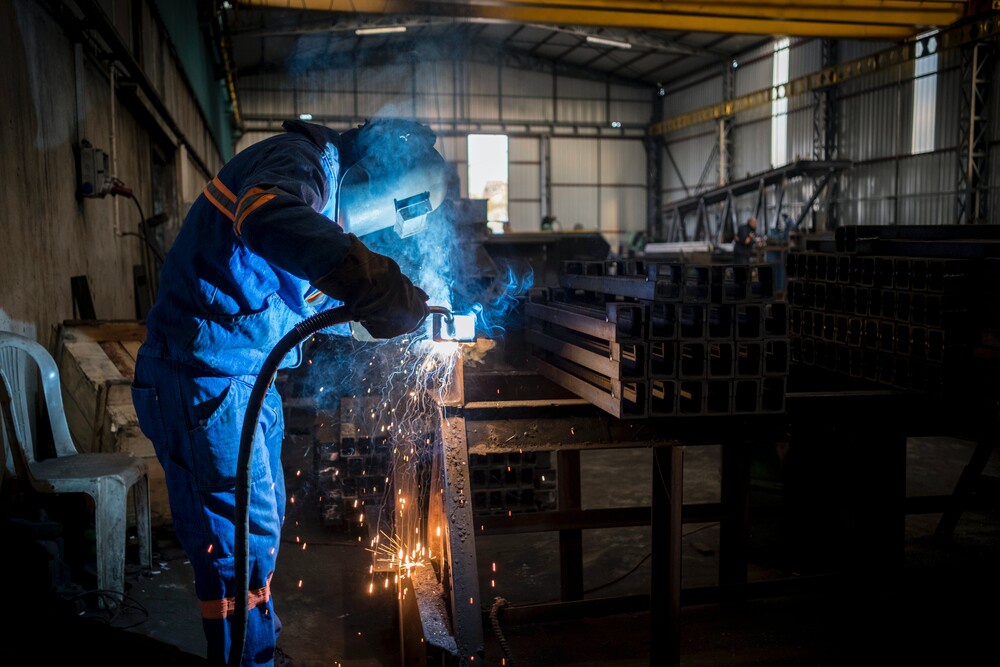A new age of agility, personalization, and data-driven solutions is dawning on the Discrete Manufacturing industry, which is shedding its old ways of doing things. From AI-powered robots switching activities to predictive maintenance protecting production lines, innovation is changing how we make unique products. It's a renaissance of versatility, sustainability, and collaboration between humans and machines pushing the limits of progress, not just efficiency gains. Brace yourself, because Discrete Manufacturing's future is unpredictable and exciting.
Key Features of Next-Generation Discrete Manufacturing Solutions
Future discrete manufacturing solutions provide abundant essential features that facilitate data-driven decision-making and uninterrupted connectivity, allowing businesses to reap the benefits of full integration. Let's explore a few of these facets:
- Internet of Things (IoT) Connectivity: Next-generation discrete manufacturing solutions use IoT connectivity to collect real-time data from sensors, machines, and devices in the manufacturing environment, enabling continuous monitoring of machine performance, environmental conditions, and product quality, and identifying patterns and optimization opportunities.
- Cloud-based Platforms: Cloud-based platforms offer a cost-effective, scalable infrastructure for managing manufacturing data, allowing seamless integration between systems and stakeholders, regardless of location. They also provide flexibility to scale resources based on demand, making them ideal for organizations with fluctuating production needs.
- Advanced Analytics and Machine Learning: Next-generation discrete manufacturing solutions utilize advanced analytics and machine learning algorithms to analyze manufacturing data, identify patterns, and predict maintenance needs. These algorithms can optimize production processes, improve performance, and adapt to historical data for autonomous decisions and recommendations.
- Digital Twin Technology: Digital twin technology creates a virtual replica of a physical product, process, or system, providing organizations with valuable insights into product performance, optimizing production parameters, and exploring predictive scenarios without disrupting the physical production line, enabling informed decisions and confident change implementation.
- Collaborative Platforms and Decision Support Systems: Next-generation discrete manufacturing solutions provide centralized platforms for cross-functional communication and decision-making, enabling collaboration on production planning, inventory management, and quality control. These platforms use real-time data and predictive analytics to aid employees in making informed decisions.

To successfully implement next-generation discrete manufacturing solutions in your manufacturing process, follow these steps:
- Assess your current processes and systems to identify areas that can benefit from integration. Determine which systems must be connected, what data needs to be shared, and what key performance indicators (KPIs) are essential for your organization.
- Define your objectives and critical requirements for the integration project. Identify your desired outcomes, such as improved efficiency, reduced lead times, or better-quality control. This will help you select the right solution provider and ensure the implemented solution aligns with your organization's goals.
- Select the right discrete manufacturing solution provider with experience in the manufacturing industry and a track record of successful implementations. Consider scalability, compatibility with existing systems, and ongoing support and maintenance.
- Develop a detailed implementation plan that outlines the steps, timeline, and resources required for the integration. Communicate the plan to all stakeholders and execute the integration in a phased approach, starting with low-risk areas and gradually expanding to more critical processes.
- Train and empower your workforce to transition to integrated manufacturing solutions. Provide comprehensive training on new systems and processes, emphasizing their benefits and alignment with the organization's goals. Encourage employees to embrace the changes and actively participate in the integration efforts.
Choosing the right discrete manufacturing solution provider is crucial for the success of your integrated manufacturing journey. To choose a solution, consider factors such as industry expertise, scalability and flexibility, compatibility with existing systems, support and maintenance, and references and customer reviews. Industry experts should have experience working with similar organizations, ensuring scalability and flexibility to adapt to changing needs without significant disruptions or investments. Compatibility with existing systems ensures seamless integration and leverages investments. References and customer reviews offer valuable insights into the provider's reliability, customer service, and effectiveness.


No comments yet